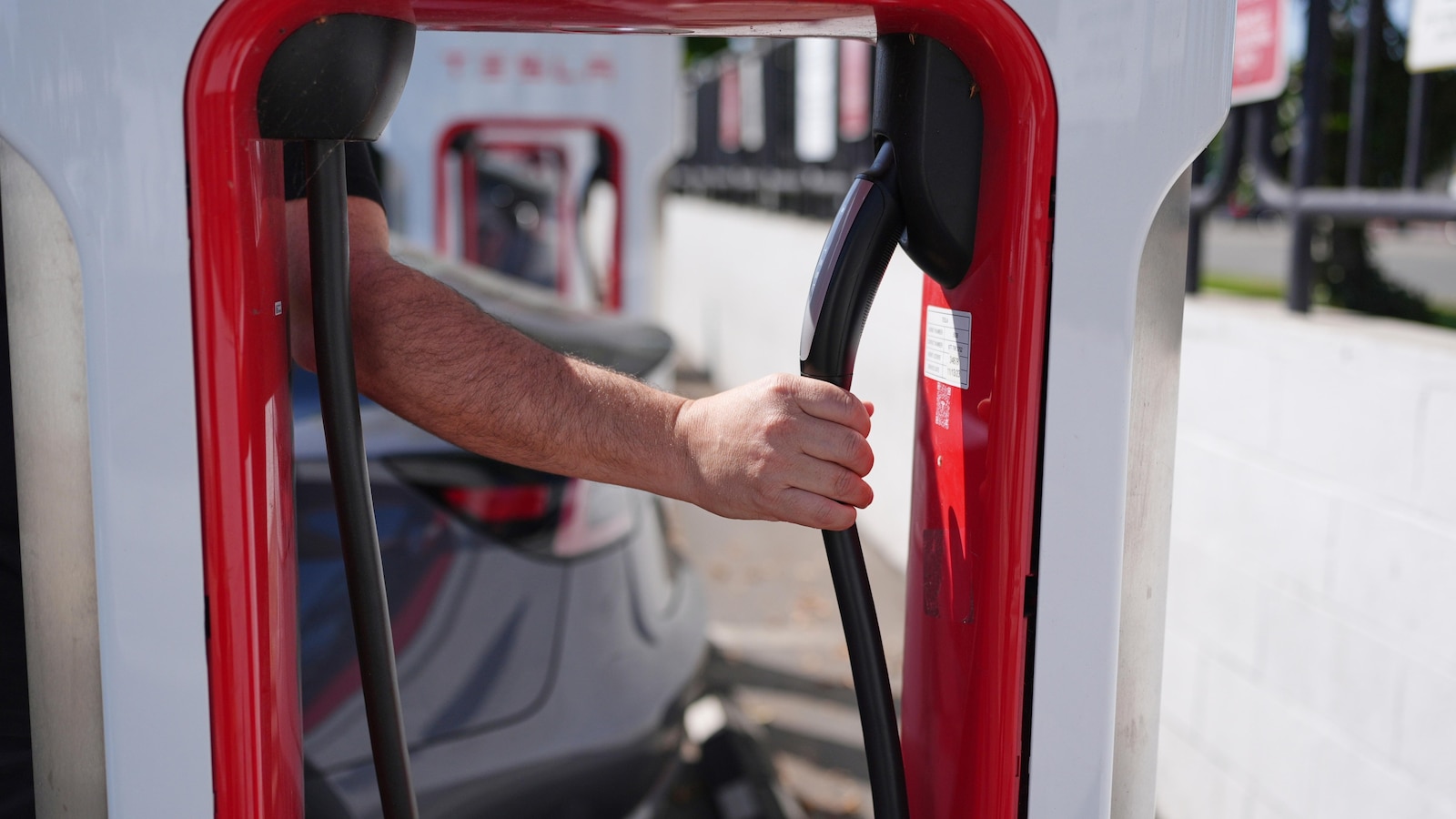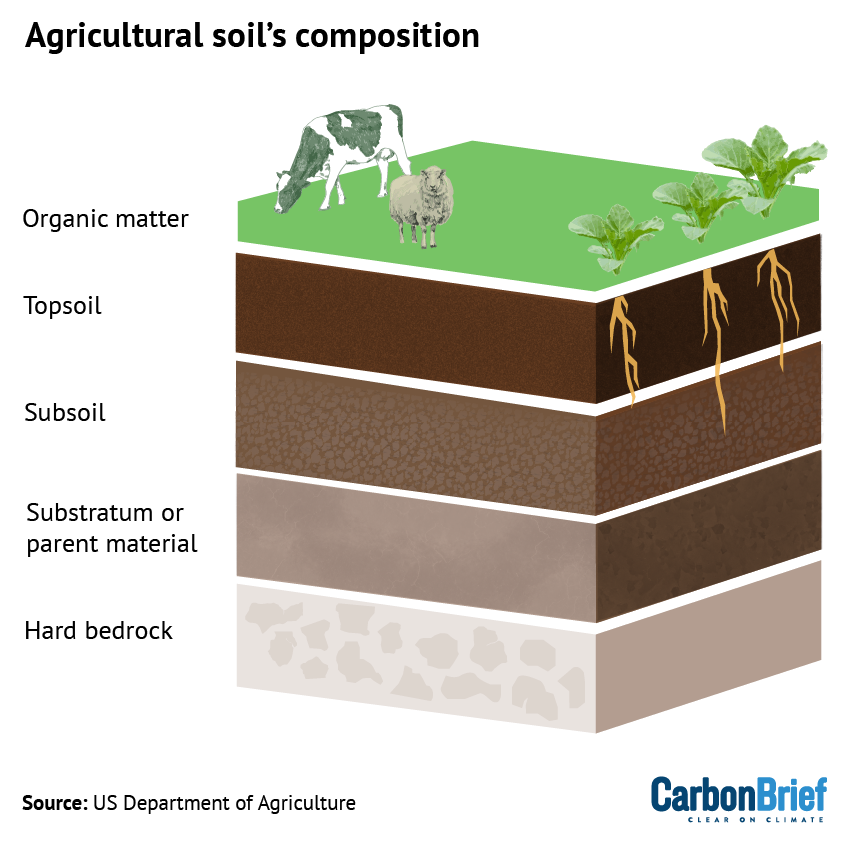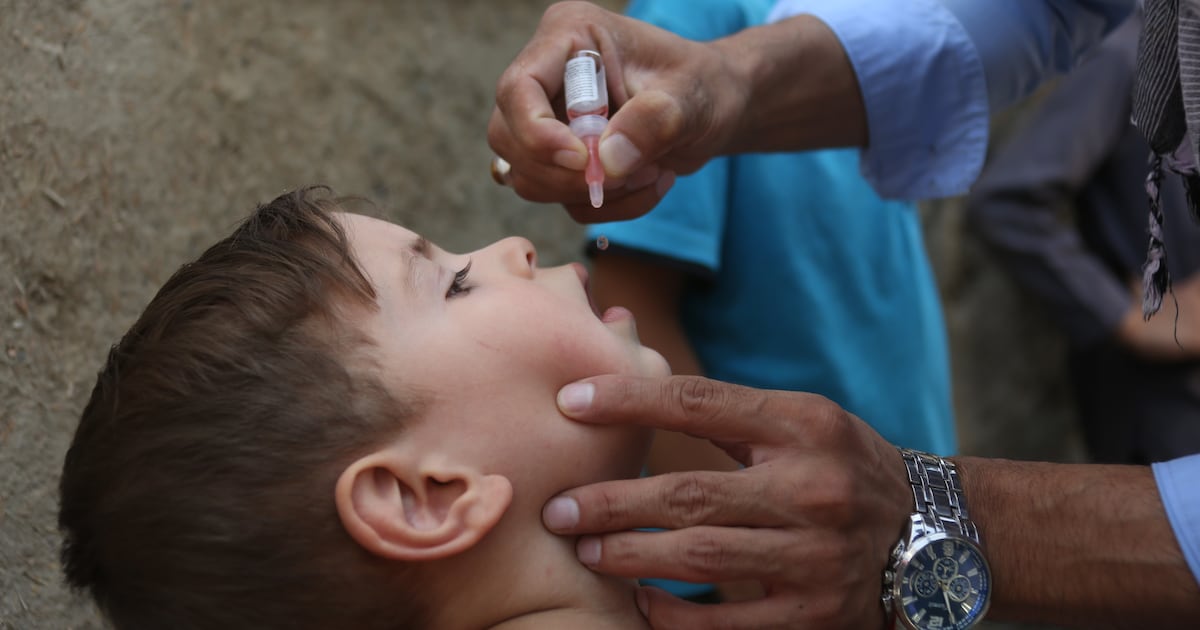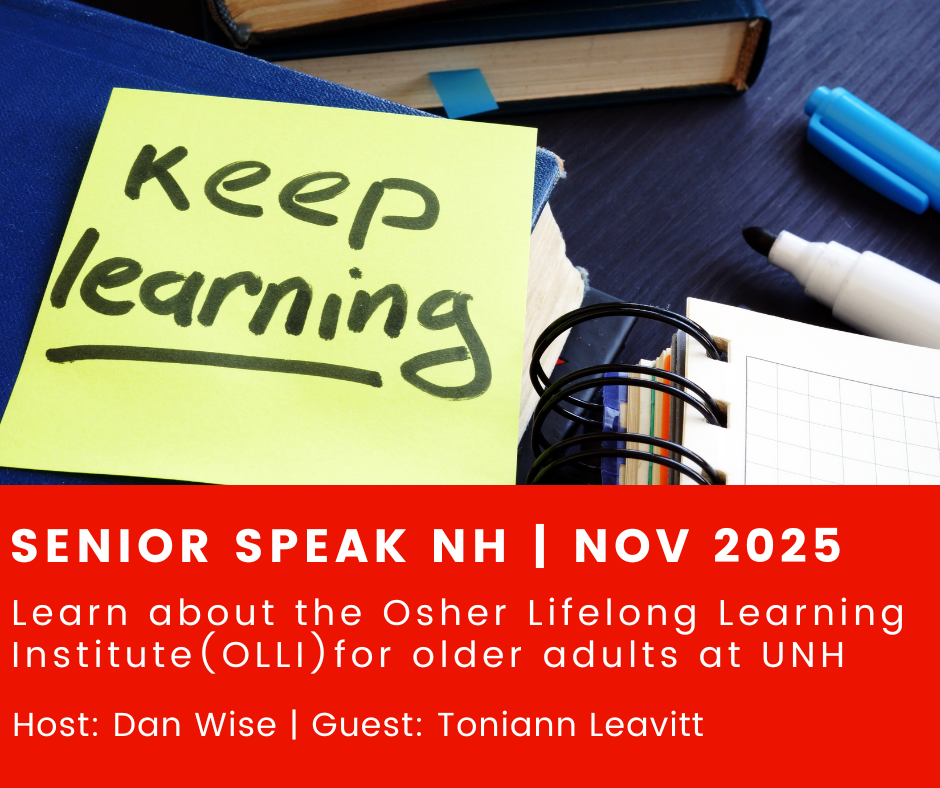Youngest students see big reading gains post-COVID on DIBELS assessment – K-12 Dive
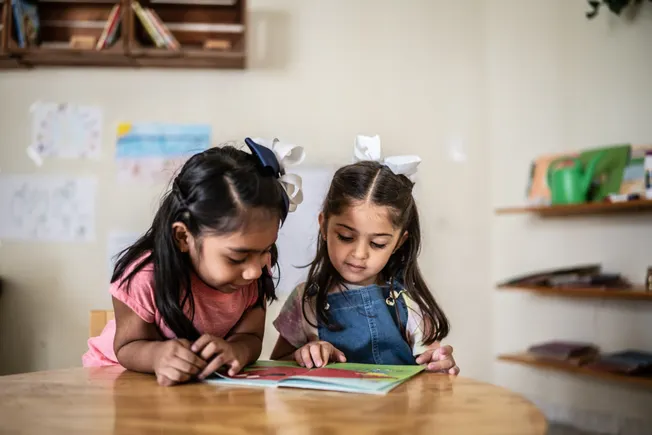
Report on Early Reading Skills Improvement and Sustainable Development Goals (SDGs) Alignment
Overview of Early Reading Skills Progress
- Recent research indicates significant improvements in early reading skills among young students since the onset of the COVID-19 pandemic.
- End-of-school-year assessment data from DIBELS (Dynamic Indicators of Basic Early Literacy Skills) shows approximately 68% of K-2 students are on track to learn to read, a notable increase from 56% mid-school-year.
- Post-pandemic reading challenges in K-12 education have driven states and districts to invest in professional development focused on the science of reading and enhanced reading supports for students. Literacy education has been prioritized at the federal level.
Detailed Insights on Reading Improvements
Analysis of DIBELS data by Amplify, a curriculum and assessment provider, reveals the following grade-specific improvements:
- Kindergarten: 70% of students met or exceeded reading benchmarks by the end of the 2024-25 school year, up from 68% in 2023-24 and 49% in 2020-21.
- First Grade: 70% of first graders were on track to learn to read by the end of 2024-25, increasing from 68% in 2023-24 and 56% in 2020-21.
- Second Grade: Reading performance improved by 8 percentage points, from 57% in 2020-21 to 65% in 2024-25.
Ongoing Challenges and Gender Disparities
- Despite positive trends, progress in early literacy skills is decelerating year over year.
- Gender disparities exist: boys begin each school year with comparable or better early reading scores than girls, but by the end of kindergarten and first grade, girls outperform boys. In second grade, girls start behind but close the gap by year-end.
Recommendations for Supporting Early Literacy Development
To sustain and enhance early reading progress in alignment with Sustainable Development Goal 4 (Quality Education), Amplify recommends that school districts:
- Analyze student data to identify and support at-risk learners through tailored grade-level instruction.
- Investigate root causes of learning difficulties and allocate resources effectively to support vulnerable students.
- Continuously monitor students’ reading progress to inform instructional adjustments.
- Invest in professional development for educators to deepen understanding of evidence-based science of reading methodologies.
- Create engaging reading opportunities across all school environments to foster a love of reading among young learners.
Alignment with Sustainable Development Goals
The improvements in early literacy directly contribute to the achievement of several SDGs, particularly:
- SDG 4: Quality Education – Enhancing literacy skills ensures inclusive and equitable quality education and promotes lifelong learning opportunities for all children.
- SDG 5: Gender Equality – Addressing gender disparities in early reading supports equal access to education and learning outcomes for boys and girls.
- SDG 10: Reduced Inequalities – Targeted support for at-risk students helps reduce educational inequalities exacerbated by the COVID-19 pandemic.
- SDG 17: Partnerships for the Goals – Collaboration among educational institutions, policymakers, and communities is essential to sustain literacy improvements and resource allocation.
Conclusion
Five years following the COVID-19 pandemic, encouraging signs of recovery in early literacy are evident, with kindergarten and first-grade students leading progress. Continued focus on data-driven instruction, professional development, and equitable resource distribution is critical to sustaining these gains and advancing the Sustainable Development Goals related to education and equality.
1. Sustainable Development Goals (SDGs) Addressed or Connected
- SDG 4: Quality Education
- The article focuses on improvements in early reading skills among young students, highlighting efforts to enhance literacy education post-COVID-19 pandemic.
- It discusses assessment data, professional development for teachers, and support for students, all related to ensuring inclusive and equitable quality education.
- SDG 5: Gender Equality
- The article mentions gender disparities in early reading performances, noting differences between boys and girls in literacy progress.
- This relates to promoting gender equality and addressing disparities in educational outcomes.
2. Specific Targets Under Those SDGs Identified
- Under SDG 4: Quality Education
- Target 4.1: Ensure that all girls and boys complete free, equitable and quality primary and secondary education leading to relevant and effective learning outcomes.
- Target 4.2: Ensure that all girls and boys have access to quality early childhood development, care and pre-primary education so that they are ready for primary education.
- Target 4.c: Increase the supply of qualified teachers, including through international cooperation for teacher training in developing countries.
- Under SDG 5: Gender Equality
- Target 5.1: End all forms of discrimination against all women and girls everywhere, which includes addressing gender disparities in education.
3. Indicators Mentioned or Implied to Measure Progress
- Indicators Related to SDG 4
- Percentage of students in early grades (K-2) on track to learn to read — measured by the DIBELS (Dynamic Indicators of Basic Early Literacy Skills) assessment data.
- Percentage of kindergartners, first graders, and second graders meeting or exceeding reading benchmarks as reported by Amplify’s mCLASS platform.
- Year-over-year improvements in early literacy skills as shown by assessment data trends.
- Number and quality of professional development programs for teachers in the science of reading.
- Indicators Related to SDG 5
- Gender-disaggregated literacy performance data showing differences in reading progress between boys and girls at various grade levels.
4. Table: SDGs, Targets and Indicators
| SDGs | Targets | Indicators |
|---|---|---|
| SDG 4: Quality Education |
|
|
| SDG 5: Gender Equality |
|
|
Source: k12dive.com

What is Your Reaction?
 Like
0
Like
0
 Dislike
0
Dislike
0
 Love
0
Love
0
 Funny
0
Funny
0
 Angry
0
Angry
0
 Sad
0
Sad
0
 Wow
0
Wow
0






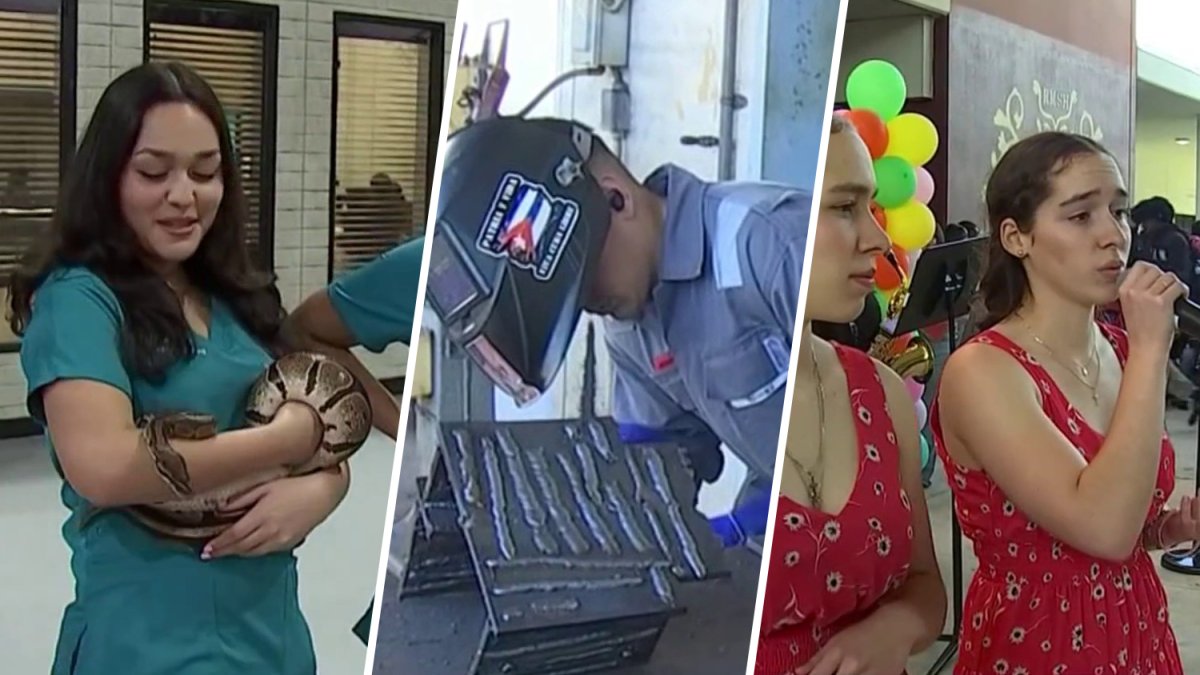
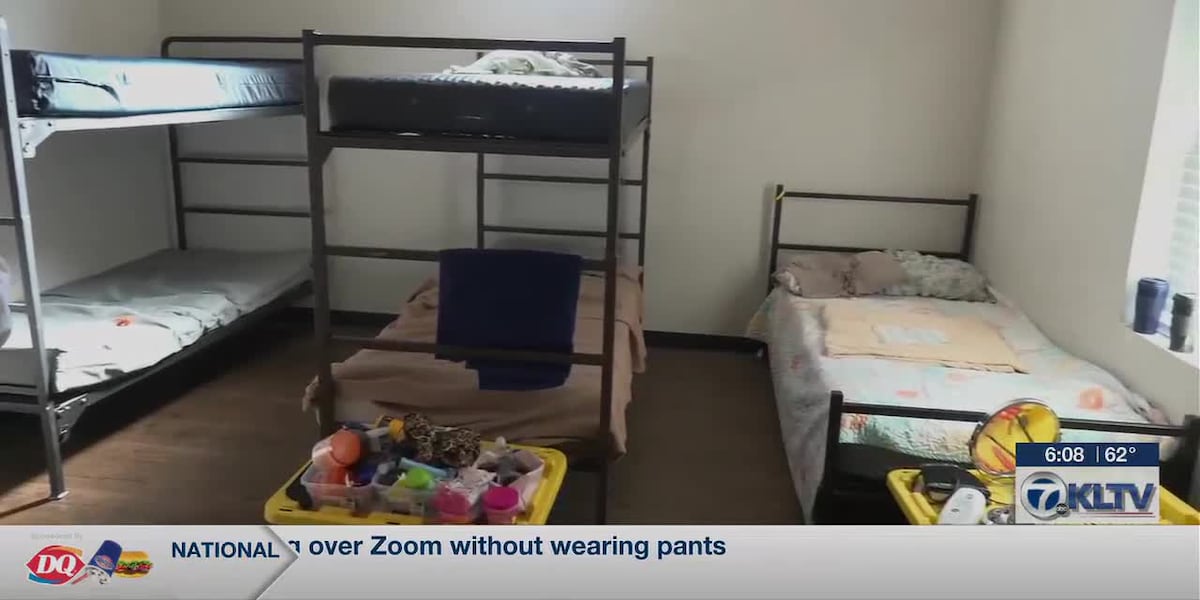



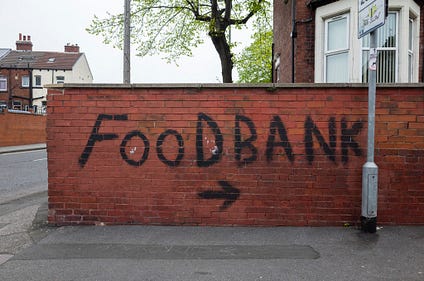

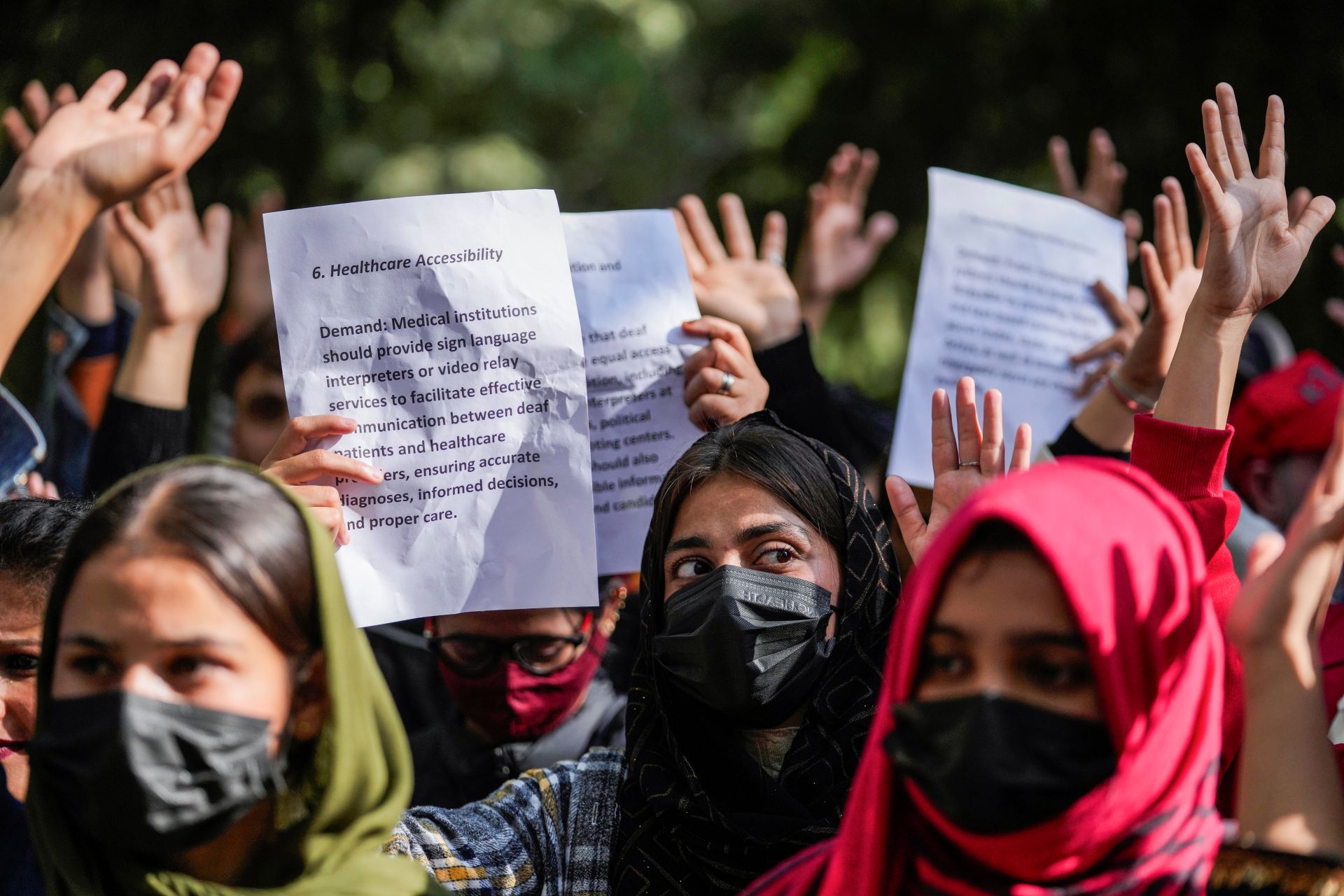













;Resize=805#)










